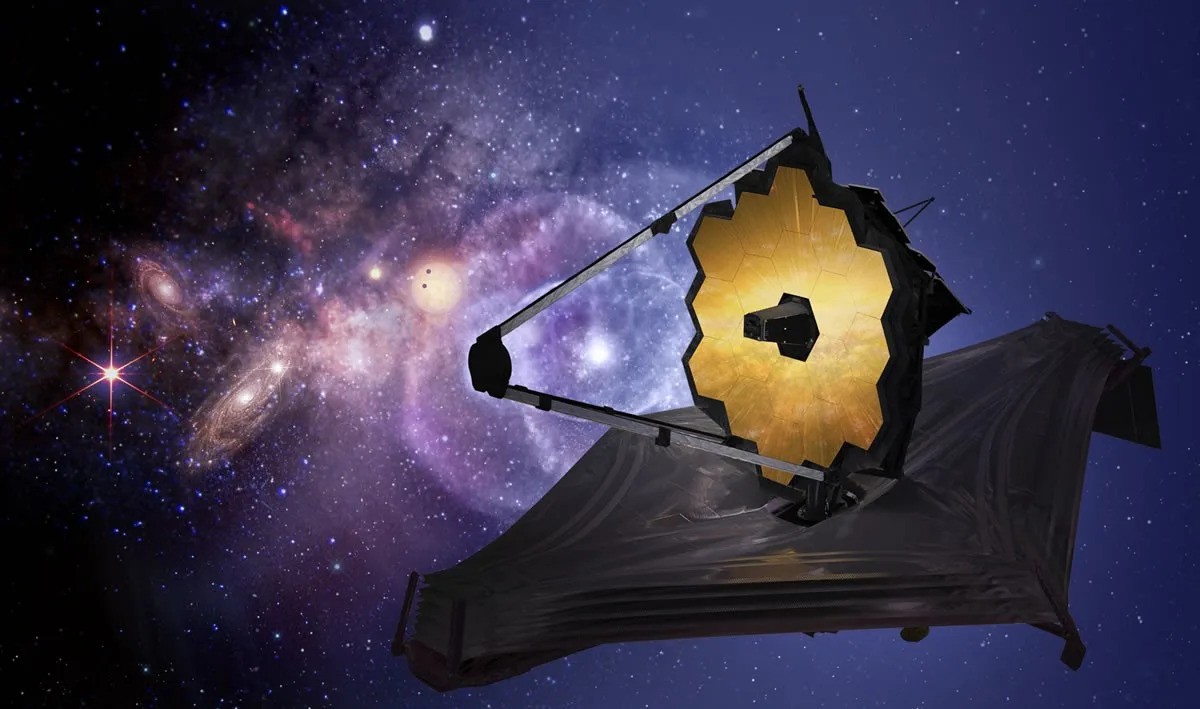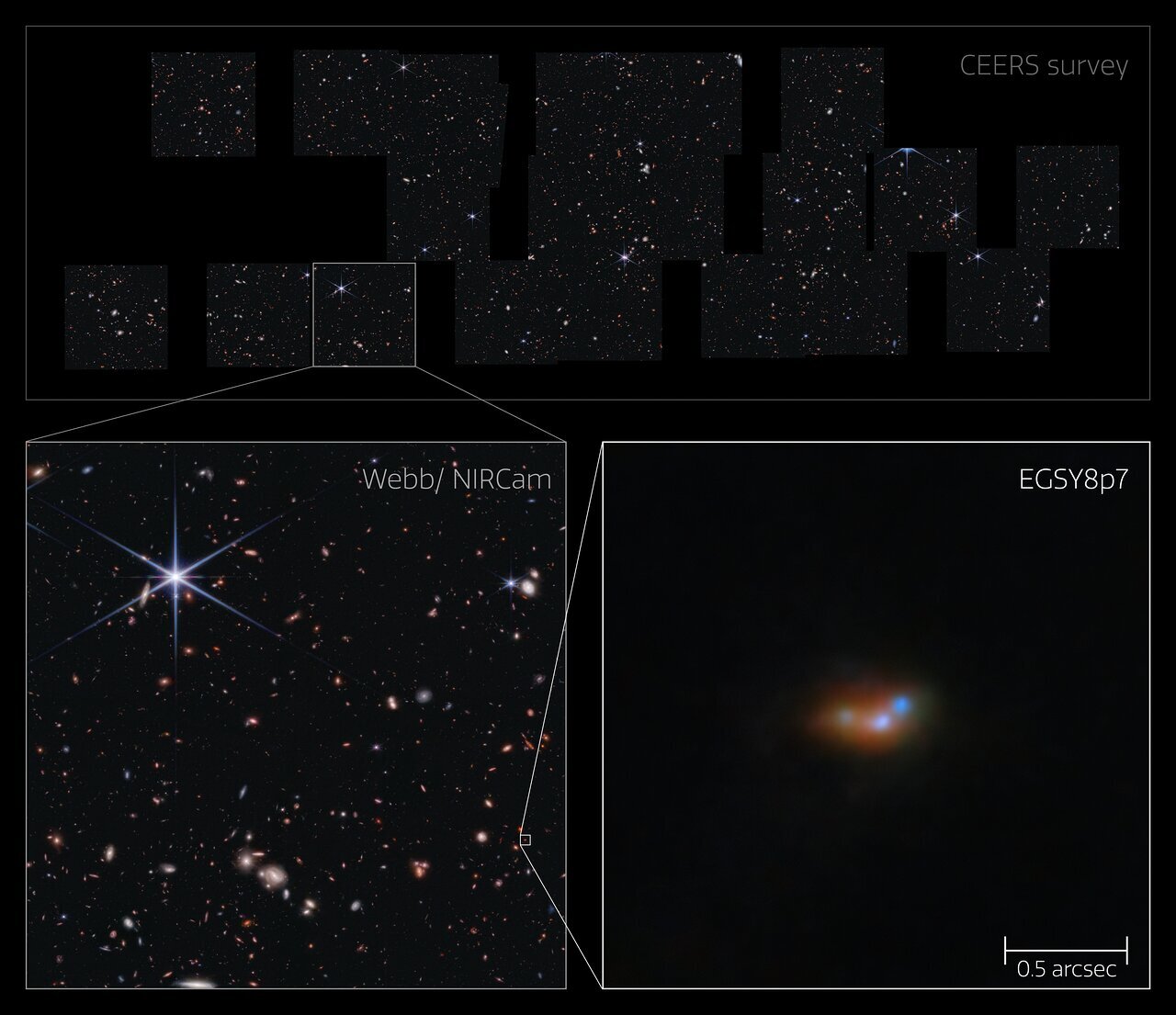Thanks to the James Webb Space Telescope, astronomers have solved the mystery of emission that should be blocked, but we still see it. The reason for this is the merging of galaxies in the early universe.

James Webb’s new observations
One of the key missions of NASA’s James Webb Space Telescope is to explore the early universe. Now, thanks to the unsurpassed resolution and sensitivity of the infrared instrument NIRCam, which is installed on it, we have seen for the first time what is in the local environment of galaxies in the very early Universe.
This made it possible to solve one of the mysteries in astronomy — why scientists detect light from hydrogen atoms, which should be completely blocked by the primary gas formed after the Big Bang. New observations by James Webb have discovered small, faint objects surrounding the very galaxies that show “unexplained” hydrogen emission.
Combined with the most modern simulations of star systems in the early universe, observations have shown that the chaotic merger of these neighboring galaxies is a source of hydrogen emission. These findings are published in the journal Nature Astronomy.
Research of the first galaxies
The oldest galaxies were places of energetic and active birth of luminaries, and therefore rich sources of light emitted by hydrogen atoms, called Lyman-α emission. However, during the Epoch of Reionization, these zones of active star formation (also known as stellar cradles) were surrounded by a huge amount of neutral hydrogen gas.
Moreover, the space between the galaxies was filled with a larger amount of this neutral gas than today. It can very effectively absorb and disperse this kind of hydrogen emission. That’s why astronomers have long predicted that the strong Lyman-α emission that occurred in the very early universe should not be observed today.
However, this theory has not always stood up to careful verification, as astronomers have observed examples of very early hydrogen emission before. This has given rise to a mystery: how had it happened that this emission of hydrogen, which should have been absorbed or dispersed long ago, was observed?

Merging of small galaxies
Callum Witten, a researcher at the University of Cambridge, explains: “One of the most puzzling issues that previous observations presented was the detection of light from hydrogen atoms in the very early universe, which should have been entirely blocked by the pristine neutral gas that was formed after the Big Bang. Many hypotheses have previously been suggested to explain the great escape of this ‘inexplicable’ emission.”
It is important that the smaller galaxies found interacted and merged with each other, and James Webb has discovered that such mergers play an important role in explaining the mysterious emission from the oldest star systems.
Then, the team used state-of-the-art computer simulations to explore physical processes that could explain their results. They found that the rapid build-up of stellar mass as a result of galaxy mergers caused powerful hydrogen emission and facilitated the release of this radiation through channels cleared of large amounts of neutral gas. Thus, the high rate of fusion of previously unobserved small star systems has become a convincing solution to the long-standing mystery of unexplained early hydrogen emission.
According to phys.org
Follow us on Twitter to get the most interesting space news in time
https://twitter.com/ust_magazine


